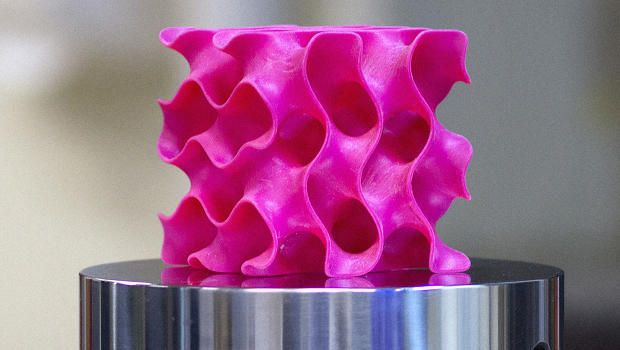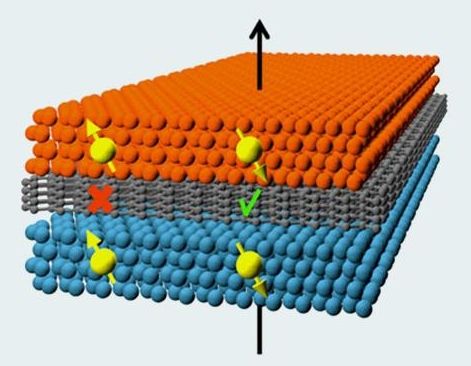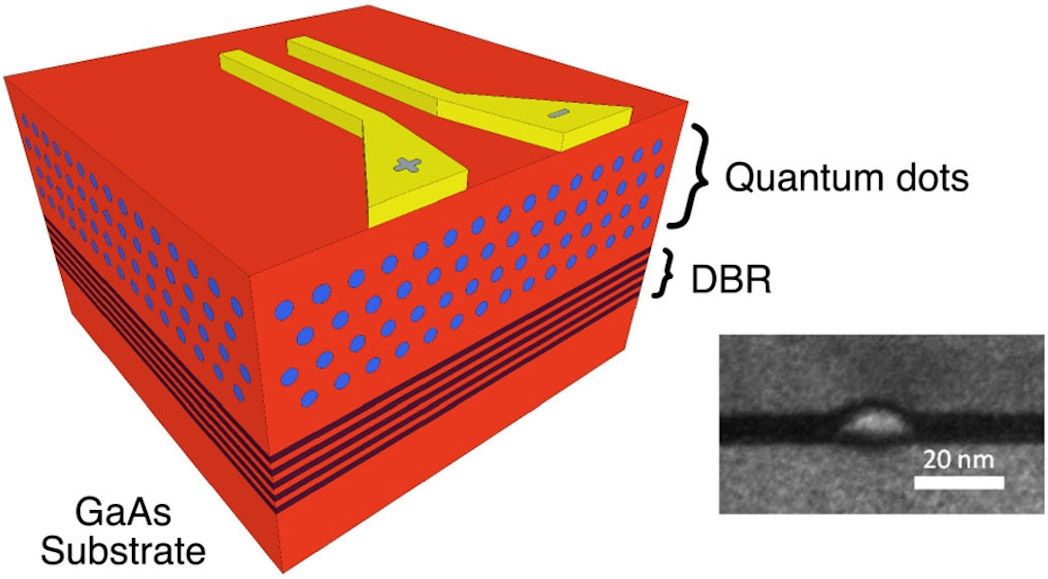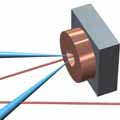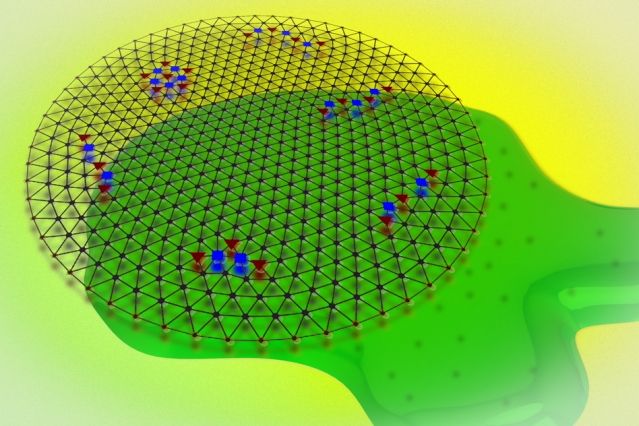Interesting position.
Anonymous by request.
“The human energy field exists as an array of oscillating energy points that have a layered structure and a definite symmetry and these properties fulfill the definition of a normal crystal in material form” – Marc Vogel.
The human body is a universe onto itself; a vast, intricate system of incredible sensitivity and detail. It has been the subject of wonder, philosophy and scientific study for centuries, yet its most elemental design is still shrouded in mystery. What is the relation of biological life to the Cosmos – to the fabric of space and time itself? Is our body the “earthen machine” of Descartes; an “automaton” of discrete mechanical function? Are we really locked in an endless struggle against the ticking clock of thermodynamic entropy – of increasing disorder – as is the view of contemporary physics? The fractal-holographic model sheds new light on these questions; a unified description of the Cosmos reveals its true relation to Man, a relationship so entangled, so intimate that the two cannot be viewed apart…


